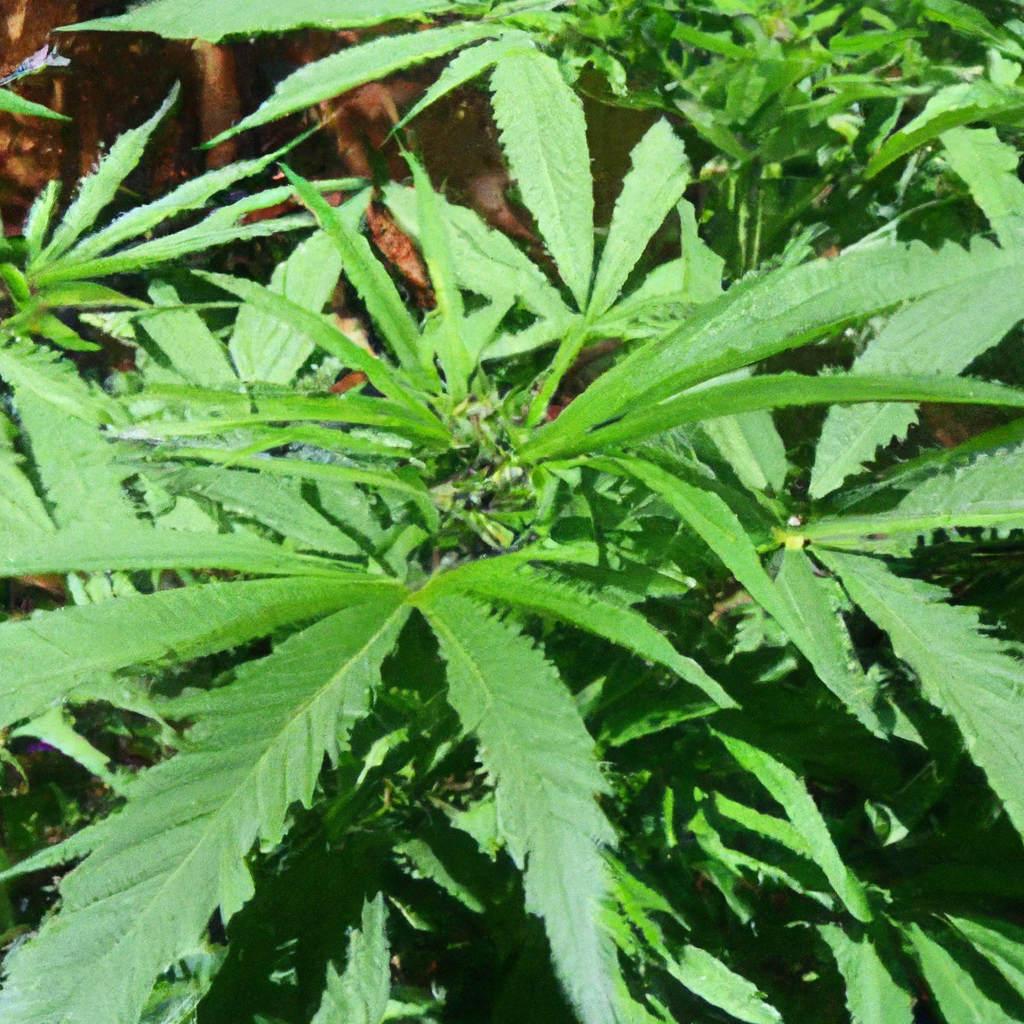By John “Magic” Greenleaf – “Growing greatness, one strain at a time.”
Introduction
In the world of sustainable growing, harmony between plants is crucial. Companion planting is an age-old technique that not only boosts the health of cannabis plants but also enriches the surrounding environment. As we navigate the path towards eco-friendly cultivation, embracing natural alliances in the garden can lead to more resilient and productive harvests. Let’s dive into the art and science of companion planting and see how it benefits cannabis cultivation.
The Benefits of Companion Planting
Companion planting is more than just a traditional practice; it’s a way to create a balanced ecosystem that supports cannabis plants in numerous ways.
- Natural Pest Control: Certain plants are natural repellents for pests common to cannabis, reducing the need for synthetic pesticides.
- Soil Health: Companion plants can enhance soil fertility by fixing nitrogen or adding organic matter, which benefits cannabis.
- Microclimate Regulation: A diverse plant ecosystem helps modulate temperatures and humidity, offering cannabis a stable growing environment.
Choosing the Right Companions
Selecting the right companions is essential to maximize the benefits of this practice. Here are some of the best plant partners for cannabis:
- Marigolds: Known for their pest-repellent qualities, marigolds deter nematodes and aphids.
- Clover: Acts as a cover crop that fixes nitrogen in the soil, providing natural fertilizer for cannabis.
- Basil: Repels flies and mosquitoes while enhancing the flavor profile of cannabis through terpene interaction.
- Lavender: Attracts pollinators and beneficial insects, increasing biodiversity in the garden.
Step-by-Step Guide to Implementing Companion Planting
Adopting companion planting is straightforward. Here’s how you can introduce this practice into your cannabis garden:
- Research: Understand the growing needs of both your cannabis strain and potential companion plants.
- Plan: Layout your garden space, ensuring adequate room for each species to thrive.
- Plant: Begin by interplanting companions at strategic locations around your cannabis plants.
- Monitor: Keep an eye on plant interactions and adjust accordingly to optimize growth and health.
Conclusion
Companion planting emphasizes the interconnectedness of the natural world, offering a sustainable path for cannabis cultivation. By wisely pairing plants, we can create vibrant ecosystems that support the health and productivity of cannabis gardens. Let’s embrace these green partnerships to cultivate not just plants, but a thriving planet.


Leave a Reply